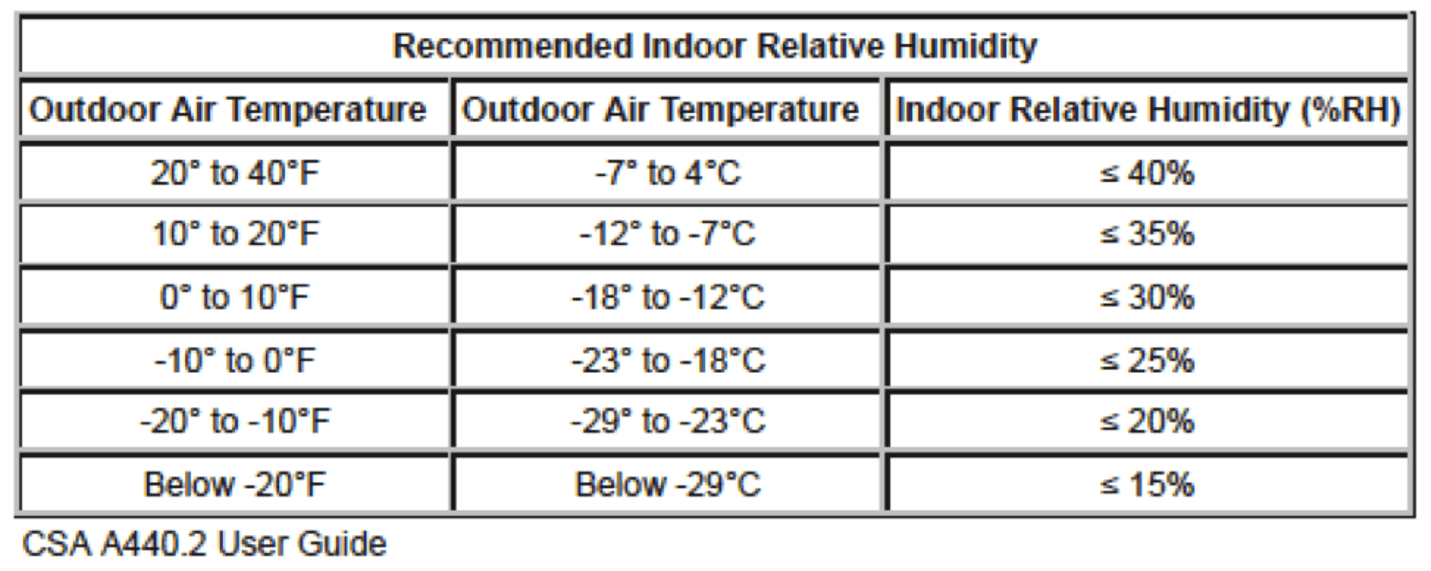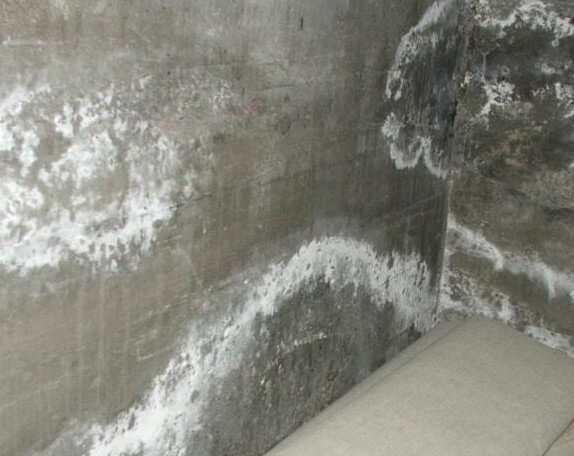Efflorescence presents itself in the form of a powdery, whitish substance that appears on the…

Avoid condensation in windows
During winter, there are certain problems that are obvious to our inspectors even before they enter the house. One of these problems is excessive condensation in the windows. The indoor ambient temperature, the humidity level in the air, the surface temperature of the window, the outside temperature and the habits of the occupants are all factors that can influence this phenomenon. But before proposing possible solutions, it is important to understand the causes behind condensation.
Condensation in windows
Avoid many complications by calling on the
services offered by our building specialists!
When the surface of a window is cold, as is generally the case in winter, the humidity in the ambient air cools on contact and condenses. The cooler the surface, the more mist (light condensation) will give way to water or ice. Also, the higher the humidity level in the ambient air while the window surface is cold, the more condensation there will be.
The surface temperature of the window depends on characteristics other than the outside temperature such as the design of the window, its installation and its energy performance. In addition to its insulating value, the installation of the window and its positioning will have a significant impact. A window whose glazing is located further outside a wall will receive less heat and therefore its temperature will be lower. Therefore, it will be less resistant to condensation. The same applies if the perimeter is badly designed, badly insulated, badly installed or not very tight and if, for one of these reasons, too little heat heats the perimeter of the window or if air infiltration cools it.
In order to reduce episodes of condensation we recommend, beyond the design and installation characteristics of a window, to adjust the indoor humidity rate by reducing it according to the outside temperature as indicated in the table below.
However, it is important to understand that maintaining a low humidity level for an extended period could have effects on the building or for the occupants. Too much dry air could affect the woodwork, wood floors or other finishing elements while it could affect the comfort of the occupants, cause dry skin or even affect the respiratory tract.
Our inspectors then recommend lowering the humidity level, taking into account the occupants’ ability to tolerate drier air. This threshold is specific to each person, depending on their state of health or their sensitivity. In some cases, to avoid these negative effects, you may have to make a choice and thus tolerate condensation during certain cold periods.
In addition, it should also be understood that certain activities such as bathing, showering or cooking, for example, can cause episodes of momentary condensation. Once the water vapor in the air condenses on the surface of a window, drying is more difficult. To minimize these short periods conducive to condensation, it is therefore ideal, in addition to the other recommendations, to evacuate the humidity at the source by using ventilation devices such as bathroom fans or the range hood. If you want to know more about your home, see our inspection service for excessive condensation and high humidity.



